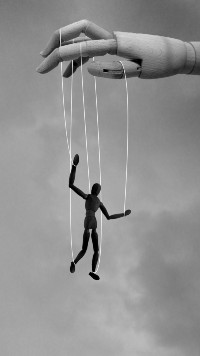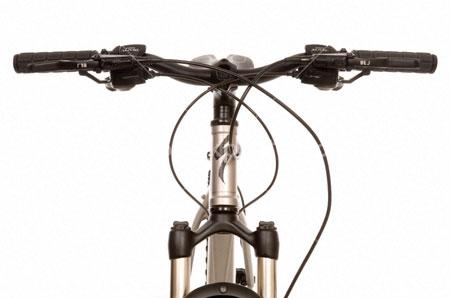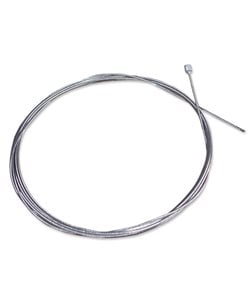Cables: On your Bike, You’re the Puppet Master
(For the purpose of this article, we’ll be considering a bike with cable actuated hand brakes and gears)
What’s with all of those cables on your bike? What do they do? Do they need maintenance? They’re kind of a pain when you’re trying to load your bike into your car or on a bike rack, but maybe if you understand their purpose, you’ll learn to live in harmony with them.
Let’s talk about something entirely different and make a comparison. The puppet master maneuvers his character remotely. It’s the strings being pulled and released which enable the puppet to move in the way the master wants him to. Pull one string and a hand is raised. Release it and the hand is lowered. Could you imagine a puppeteer without his strings?
Like a puppeteer’s strings, cables on a bicycle enable the master (the rider) to maneuver things remotely. There are brake cables and shifter cables (there are also dropper post and lockout cables but we won’t be concerned with those here). The controls are conveniently located on your handlebars designed to be ergonomic and easy to operate. Let’s consider shifter cables first.

There are many types of shifters as there are many types of bicycles but their basic purpose is to pull and release cable. The cable is tensioned by a spring either in the rear or front derailleur. As the bike ages, in some cases, (mostly on cheaper bikes) the spring gets weaker and the shifting loses its ability to pull cable back as precisely as it did when it was new. This can be made worse by resistance along the cable as it slides inside the cable housing. On our most common tune up, Bike Werks takes the extra step to lubricate the cable inside the housing to minimize any resistance.
There’s a reason why, as bike mechanics, we cringe when a bike is left outside. Moisture has a way of finding itself inside cable housing and the resulting resistance from rust and sludge causes poor function and the cables and housing need to be replaced.
 Like shifter cables, brake cables allow the rider to operate something mechanical remotely. The brake levers on your handlebars are pivots designed to pull a specific amount of cable when squeezed. Just as there are many types of shifters, there are many types of brakes. (V-brake, Cantilever and Disc to name a few) There are springs at the brake component at the wheel which keep tension in the cables, and its important to minimize resistance of the cable inside the cable housing. Again, Bike Werks takes the extra step to lubricate the cable inside the housing to minimize resistance, and once again, leaving a bike outside can result in poor function and need for replacement.
Like shifter cables, brake cables allow the rider to operate something mechanical remotely. The brake levers on your handlebars are pivots designed to pull a specific amount of cable when squeezed. Just as there are many types of shifters, there are many types of brakes. (V-brake, Cantilever and Disc to name a few) There are springs at the brake component at the wheel which keep tension in the cables, and its important to minimize resistance of the cable inside the cable housing. Again, Bike Werks takes the extra step to lubricate the cable inside the housing to minimize resistance, and once again, leaving a bike outside can result in poor function and need for replacement.
Brake cables are thicker than derailleur cables because they are subject to higher tension. There are great forces applied when pulling brake pads against the rim surface. At Bike Werks, we take brakes and brake function very seriously since it has such a impact on the safety of the rider.
So there you go. Cables can be a pain when loading a bike or moving it around, but it couldn’t function without them. Keep your bike under cover and have a Bike Werks Silver tune-up done annually to keep your cables functioning as they should.

Theresa V Crouch
Hey Carl – this is a great article! Maybe Nigel and I will find someone like you here in Texas. Do you have any connections here? We also have friends who are avid bicyclists.
Carl
Finally seeing this. Thanks. Unfortunately, I don’t have any contacts in Texas. I will be spreading my wings a bit though this winter. I’ll be staying with my sister in Sarasota from December through February this year running the business there. Last year, the business slowed down in the DC area so I’ll be following the snowbirds south to keep things rolling. My hopes are that Cecilia will come see me each month. That will be the hardest part – not being with her during that time.